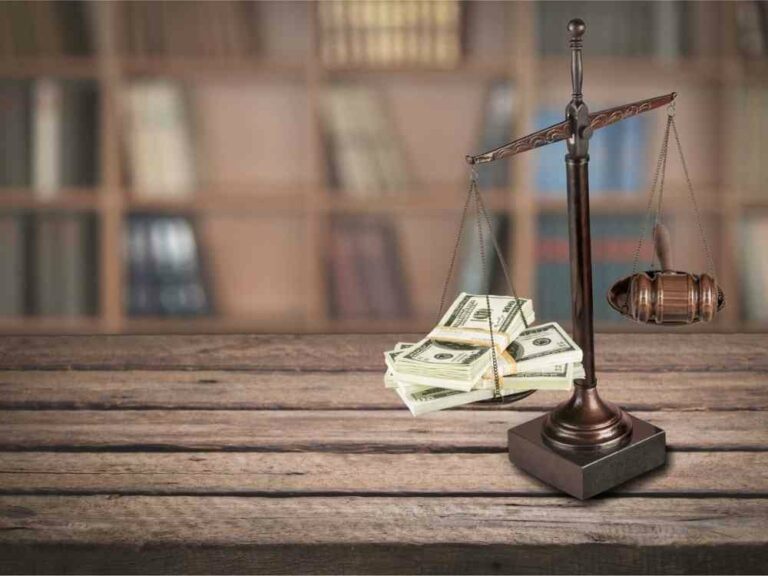Sales and use tax is complicated enough. Ecommerce shops have to determine whether they have a nexus in all the states they ship to, keep track of sales tax holidays for those states and figure out the complexities of a state’s sales tax exemption rules. However, what happens to the sales tax when a customer returns an item, especially if the vendor charges restocking fees? Accounting for restocking fees is an important aspect of any retail business.
Here is a look at what retailers need to keep in mind when these actions take place.
According to Sales Tax Support, sales tax is a “tax imposed by state and local jurisdictions on retailers for the privilege of selling tangible personal property (TPP) in that jurisdiction.” (page has been removed) Obviously what is considered a TPP and the rate of the tax is determined by each state and its localities, and this seems to imply that sales tax should be refundable when the TPP is returned and that would be the end of the transaction. That, however, is not always the case when a retailer charges restocking fees.
Covering costs of additional shipping and handling, packaging materials, labor and more can be eased on the retailer when a restocking fee is charged. However, restocking fees can make a refund more confusing because states handle the tax on the restocking fee differently.
How do these fees work? Here is an example. A customer buys a product for $100, on which the retailer has set a 10% restocking, in a state with 5% sales tax. The total original purchase price including tax for the customer is $105. Immediately after bringing the item home, he decides he doesn’t want it – a simple case of buyer’s remorse – and returns the item. The vendor then refunds $90 ($100 minus the 10% fee) and the sales tax, for a total return of $95. What happens next for the retailer?
Here are the different cases on how states can handle this scenario:
- The entire sales tax is refunded to customer and the restocking fee is not viewed as a taxable property or service, as in New York and New Jersey. After the refund, the action is complete except when a deduction is allowed, such as a handling fee. See Massachusetts for an example.
- States charge retailers a separate sales tax on the restocking fee as well. These vendors will need to remit tax on restocking fee and report it. Washington State is an example of this practice.
- One state, Colorado, is a special case. When restocking fees are in place from a retailer, the full amount of the tax due still must be remitted. Colorado considers the sales tax to take place on the original transaction, rather than the item, and only considers a full refund eligible to avoid the tax. There is no specific allowance for sales tax on a restocking fee, thus it must be submitted by the retailer.
Best Practices for Handling Restocking Fees
While a restocking fee will help a retailer recoup loss from a returned product, it can also leave a bad taste in a customer’s mouth. To maintain high quality customer service and minimize loss when a high-dollar product is returned, here is a list of best practices for ecommerce vendors who want to or already do employ restocking fees:
- Because states have different rules regarding sales tax for refunds and restocking fees, ecommerce retailers must know in which states they have a presence or nexus and be familiar with that state’s tax regulations for refunds and restocking fees.
- Make sure that the amount of the restocking fee for a return is very visible on the website or the cart before a customer finalizes their purchase.
- Make your return policy regarding restocking fees plainly visible as well. Is this fee charged on any and all refunds, or only on items that are not defective for the purchaser, such as cases of “buyer’s remorse”? Typically restocking fees cannot be charged for defective or damaged stock, incorrect merchandise delivery, or delivery after promised time period but different states may have more stringent consumer protection laws in place. Know the state’s policy for charging a restocking fee. Retailers must ensure these are in line with their own restocking fee policies.
- Don’t make restocking fees too high. In addition for being hard for a customer to swallow and possibly causing a loss in sales, fees of 50% or more are too high and considered unethical and may be illegal in some states. Restocking fees often fall between 10% and 25% of the purchase price.
- Make sure that sales, partial refunds, returns and restocking fees are carefully tracked by software and would be wise to keep detailed records to ensure sales tax remittance and filing is accurate.
Restocking fees can ease the burden of returns that are no fault of the retailer, but can complicate accurate sales tax reporting. Use of these best practices and a good knowledge of state regulations can protect ecommerce retailers’ profits and protect them from audits.






